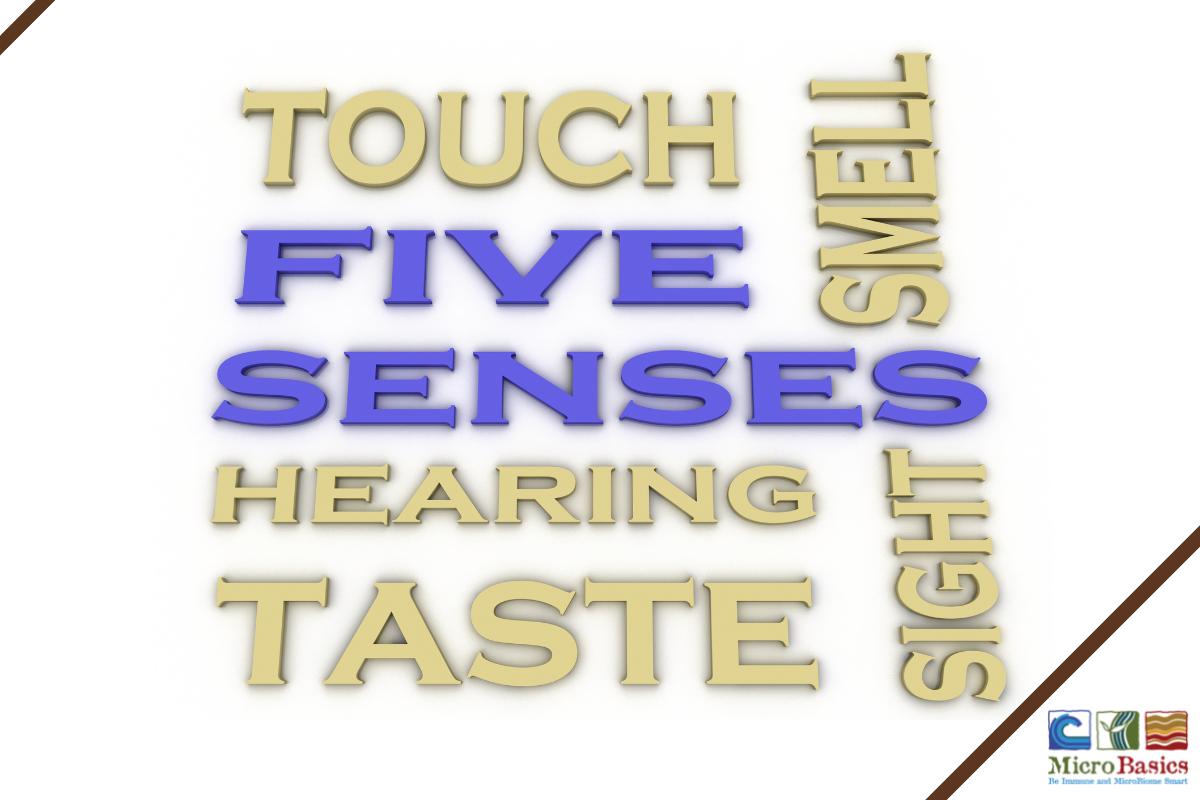Cattle can’t tell you what is going on with them. As you walk the pen use your 5 senses to identify any animals that might not be feeling well, find those that are in heat, and observe how the pen interacts as a group.
SIGHT
Cattle are prey animals and will do their best to cover up any sickness or weakness they may have, so my observations often begin by sight 1 or 2 pens away from the group I want to observe. I am on the lookout for any animal that is off by itself, animals that are refusing to eat, and animals that might be lame.
As I get closer to the pen, but not in it yet, one very important thing I evaluate is cud chewing. The best time to observe cud chews is a few hours after feeding when all the cattle are resting. Ideally, we want over 60% of the group to be chewing their cud.
After entering the pen, I begin looking at manure, body condition score, and for any cattle with labored breathing.
LISTEN
Next time you walk cattle, close your eyes and listen for the quiet. Quiet means animals are happy and resting. Loud sounds such as balling, or a lot of movement mean the animals may be hungry or stressed.
FEEL
Believe it or not, there are a lot of things you can assess by feel when you walk cattle. Feel the ground, is it hard, wet, or dirty? If so, cattle may be expending more energy than they should standing or trying to keep warm. Soft, dry bedding allows for cow comfort and will make them more apt to rest and be more efficient in feed conversion.
Feel the feed. Does the chop length look right? How’s the moisture? Are there any foreign objects? All things to consider.
Feel the air. Is it hot, cold, humid? Is there enough ventilation? Is there too much of a draft, could cattle benefit from a wind break? All these factors could impact performance.
SMELL
“Smells like money”, is what I like to say when someone comments on how cattle smell! But in all seriousness, the different smells associated with an operation can tell you a lot about what is going on and maybe even a little bit about how the money was spent.
On a calf operation, smell of the manure can tell you a lot about the health of the animal. When walking older animals, the smell of the manure may not tell us as much, but there are other smells that can.
Smell of the feed. Did the silages ferment well? Is the feed in the bunk heating? How about the grain? Any smutty, foul, sour, or moldy smells may give us hints to feed quality and hopefully help us prevent problems with the animals when they are fed.
TASTE
Okay, I will be honest, this is not one sense that I use much when walking cattle, but I know many people that do. Often, I will see farmers test the kernels in corn silage with their teeth, and taste to test the sweetness. Others may like to try additives, starters, electrolytes, etc. before letting their cattle eat them.
Use all your 5 senses to come up with your own subjective judgement on how the pen is doing as a whole.
Written by: Mariah Gull, M.S.

